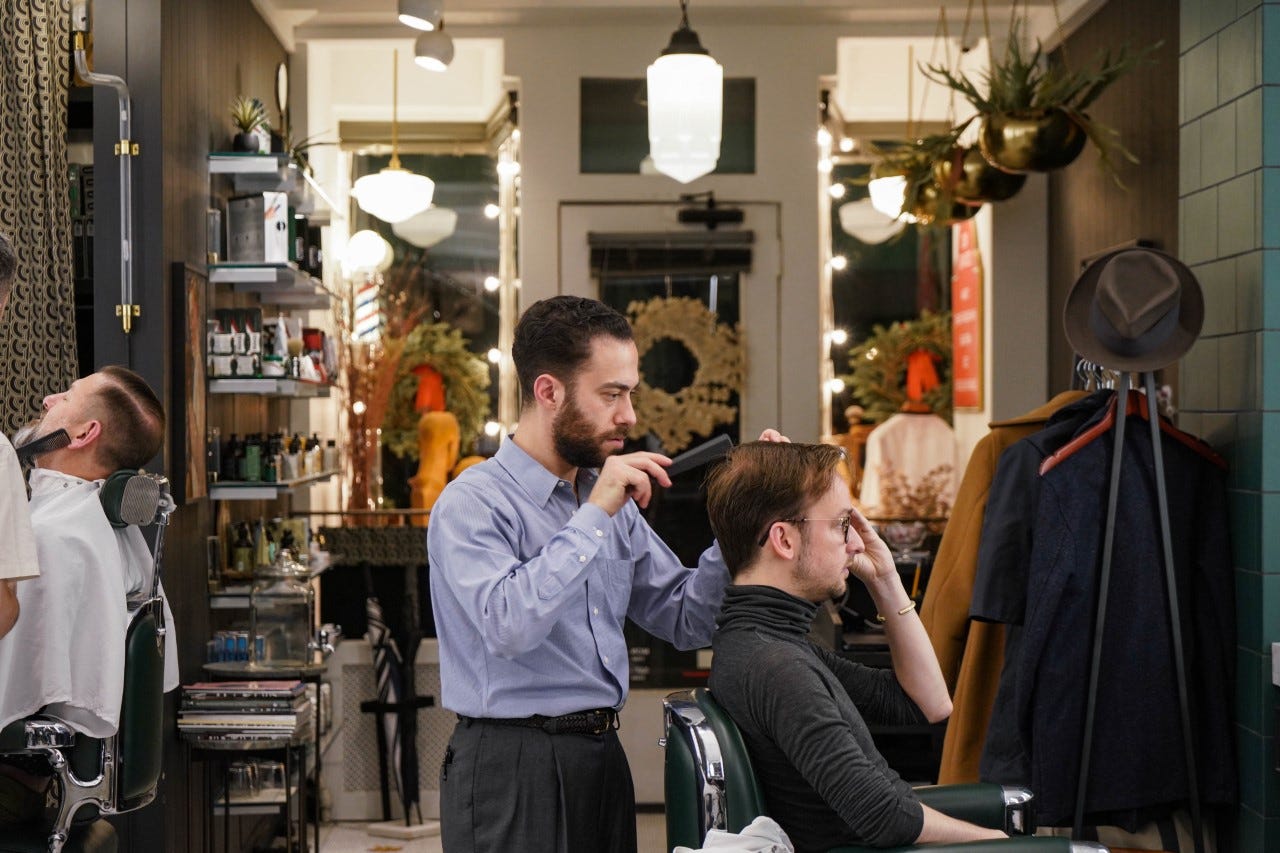Ensuring Client Health Via Effective Wellness and Safety Guidelines within the Barbering Sector
The hair grooming industry plays a significant role in individual grooming and self-care. However, it is essential to emphasize the wellness and safety of both clients and barbers in this environment. Effective sanitation and safety regulations are paramount for maintaining cleanliness protocols, avoiding incidents, and ensuring a favorable experience for everyone involved. By following these regulations, barbers can create a safe space that encourages confidence and ease among patrons.

One key aspect of health and hygiene in grooming is sanitation. Stylists must comply with strict hygiene practices, including frequent disinfecting of equipment and stations. This involves sanitizing shears, clippers, and combs after every use to eliminate the risk of transmitting bacteria or contamination. Additionally, barbers should use clean capes and towels for each client to promote a sanitary setting. Applying these practices not only safeguards customers but also enhances the credibility of the grooming establishment.
An additional important regulation focuses on the proper handling of substances used in styling services. Products such as hair dyes, relaxers, and other styling agents can pose hazards if not handled correctly. Stylists must follow protective guidelines for the professional barber shop storage and application of these chemicals to avoid dermal reactions or sensitivities among clients. Wearing protective gear and ensuring adequate ventilation during procedures are essential measures that barbers should take to ensure client well-being while offering quality care.
Injury avoidance is messy hairstyles for men also a vital component of wellness and security regulations in barbering. Salons should be arranged with precaution in mind, minimizing hazards such as wet surfaces or cluttered workspaces. Staff should be trained in emergency procedures, including how to handle cuts or burns that may occur during treatment. Supplying first aid kits and confirming that all staff members know their placements is an effective way to anticipate unforeseen incidents. By emphasizing safety measures, practitioners can create an environment where clients feel secure and cared for.
Finally, clear interaction is essential to supporting client wellbeing in the barbering industry. Stylists should consult patrons about their preferences and any possible concerns linked to the services offered. This includes discussing sensitivities to chemicals or prior negative experiences experienced by clients. By fostering open dialogue, professionals can develop rapport with their customers while delivering that they get customized attention tailored to their unique needs. Ultimately, prioritizing health and safety standards will result in enhanced customer experience and a successful barbering business.